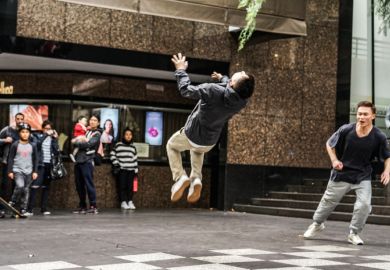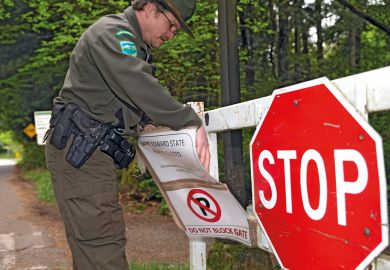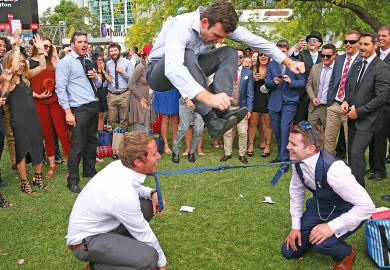Days before it is expected to unveil the world’s most expensive education visas, Australia has set one of the world’s steepest proof-of-funds tests for overseas students.
The Department of Home Affairs (DHA) has confirmed that the financial capacity requirement imposed on many international students is increasing by over A$5,000 (£2,630) to A$29,710.
The rule is designed to ensure that incoming students have access to enough money to cover their living costs. The new figure applies to students and student guardians who lodge visa submissions from 10 May.
According to market intelligence website ICEF Monitor, Australia’s yardstick was already the third highest of any country, exceeding requirements in expensive places like Finland and Singapore.
The Australian figure, which remained unchanged for four years from 2019, has now been raised twice in seven months. While the government gave notice of the first change, a 17 per cent increase last October, the latest one came with no advance warning apart from a brief online leak.
DHA said the increased figure reflected a “new approach” to estimating living costs in Australia, which had previously been agreed with the Department of Education and indexed each year until Covid.
The new figure equates to Australia’s national minimum wage minus 25 per cent – the approximate proportion of the academic year taken up by term breaks, when students can work unlimited hours.
“This will better indicate the amount of money considered reasonable to provide a minimum standard of living,” DHA’s website says. “International students who can show they meet this new financial capacity requirement are better able to make informed decisions about their future.” They are also less likely to breach visa conditions or experience financial distress or workplace exploitation, it adds.
Tertiary education consultant Claire Field said last year’s rise had been entirely justifiable. “I don’t think the same can be said about this increase. I don’t see the need to align it to the minimum wage. Students are able to work while they’re here, and employers need them given the tight labour market.”
International education strategist Dirk Mulder said he was dubious about the rationale for changing the figure. “I’ve heard very little disquiet about students not being able to support themselves,” said Mr Mulder, founder of industry news site The Koala.
“Clearly, the government is keen to bring down net overseas migration by affecting the student stream. They’re pulling almost every lever they possibly can to make Australia less attractive or more difficult to get into. The next one will be visa charges going up in the May budget. It just puts Australia in a less competitive position.”
Mr Mulder said the political motivations for this behaviour were clear, after an April survey of almost 1,300 Australian adults revealed considerable hostility towards migration. Forty-five per cent of respondents said they were more or much more likely to vote for a party that committed to reducing the immigration intake.
Forty-six per cent said immigrants took jobs from other Australians, 50 per cent said they were a social welfare burden and 72 per cent said they made housing less affordable.
“While those numbers stay high, the government will continue to look at migration as something to bring down,” Mr Mulder said. “We’re starting to see people talking about this causing negative growth in the economy and the potential for a recession.”
Register to continue
Why register?
- Registration is free and only takes a moment
- Once registered, you can read 3 articles a month
- Sign up for our newsletter
Subscribe
Or subscribe for unlimited access to:
- Unlimited access to news, views, insights & reviews
- Digital editions
- Digital access to THE’s university and college rankings analysis
Already registered or a current subscriber? Login








